Rising Demand for Plant-Based Soups
The soups market in South Korea is experiencing a notable shift towards plant-based options. This trend is driven by an increasing consumer preference for healthier, sustainable food choices. According to recent data, the plant-based food sector has seen a growth rate of approximately 20% annually, indicating a strong market potential. As consumers become more health-conscious, they are gravitating towards soups that are rich in vegetables, legumes, and grains. This shift not only caters to dietary preferences but also aligns with the growing awareness of environmental sustainability. The soups market is thus adapting by introducing innovative plant-based soup varieties, which are likely to attract a broader customer base seeking nutritious and eco-friendly meal solutions.
Culinary Trends and Flavor Innovations
Culinary trends are significantly influencing the soups market in South Korea, where consumers are increasingly adventurous with flavors. The rise of global cuisine has led to a demand for unique and exotic soup flavors, such as Thai tom yum and Mexican pozole. This trend is reflected in market data, which shows that specialty soups have seen a growth rate of around 12% in recent years. As consumers seek new taste experiences, the soups market is responding by introducing innovative flavor combinations and ingredients. This not only enhances the appeal of soups but also encourages consumers to explore diverse culinary traditions. Consequently, manufacturers are likely to invest in flavor development to meet the evolving tastes of South Korean consumers.
Increased Interest in Functional Foods
The growing interest in functional foods is significantly impacting the soups market in South Korea. Consumers are increasingly seeking products that offer health benefits beyond basic nutrition. Soups fortified with vitamins, minerals, and probiotics are gaining traction, as they align with the health and wellness trends prevalent in the region. Data indicates that the functional food market is projected to grow by approximately 15% over the next five years. This trend suggests that the soups market must adapt by developing products that not only satisfy hunger but also contribute to overall health. As a result, manufacturers are likely to focus on creating soups that promote digestive health, boost immunity, and provide other functional benefits, thereby appealing to a health-conscious demographic.
Innovations in Packaging and Preservation
Innovative packaging solutions are playing a crucial role in the soups market in South Korea. The introduction of advanced packaging technologies, such as vacuum sealing and modified atmosphere packaging, has enhanced the shelf life and freshness of soups. This is particularly important in a fast-paced society where convenience is paramount. Recent statistics suggest that around 30% of consumers prefer ready-to-eat soups that maintain their quality over time. As a result, manufacturers are investing in research and development to create packaging that not only preserves flavor but also appeals to environmentally conscious consumers. The soups market is thus likely to see a surge in products that combine convenience with sustainability, catering to the evolving preferences of South Korean consumers.
Growing Popularity of Online Grocery Shopping
The shift towards online grocery shopping is reshaping the soups market in South Korea. With the increasing penetration of e-commerce, consumers are more inclined to purchase soups online for convenience and variety. Recent data indicates that online grocery sales have surged by approximately 25% in the past year, highlighting a significant change in shopping behavior. This trend presents an opportunity for the soups market to expand its reach and cater to a broader audience. As a result, manufacturers are likely to enhance their online presence and collaborate with e-commerce platforms to offer a diverse range of soup products. This shift not only meets consumer demand for convenience but also allows for targeted marketing strategies that can effectively engage the online shopper demographic.


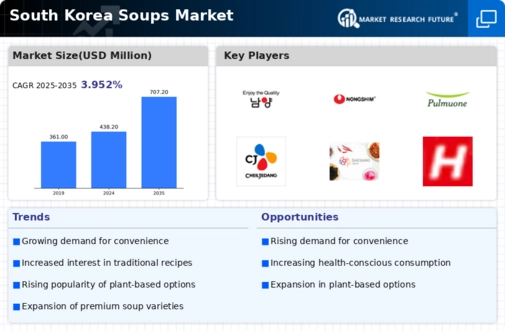
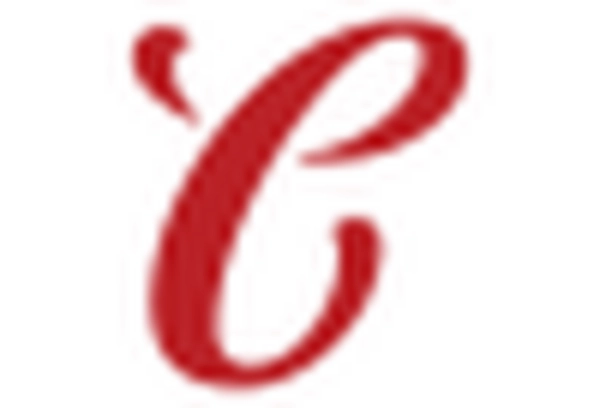
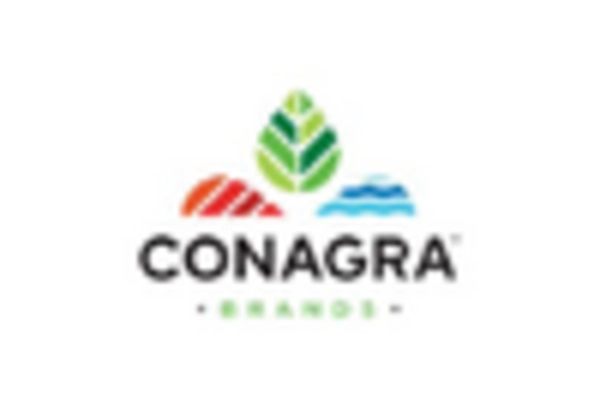
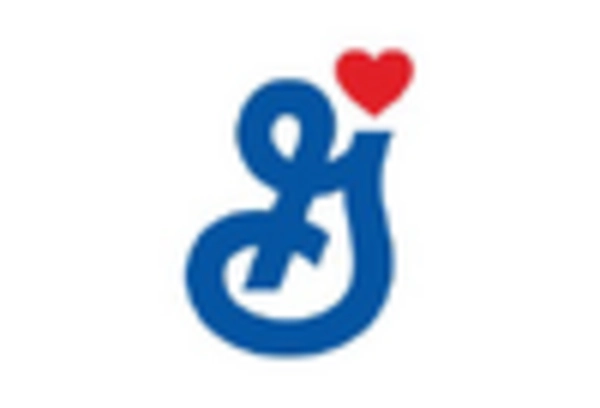

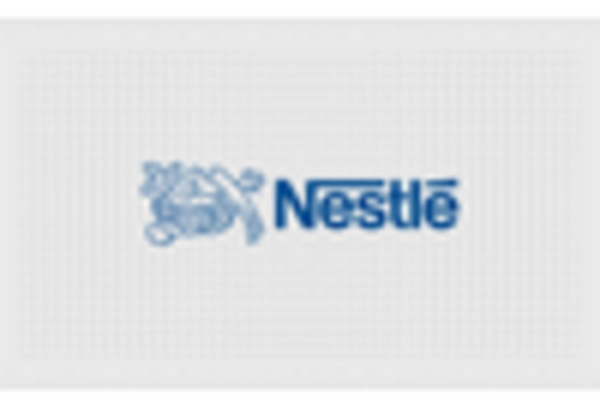
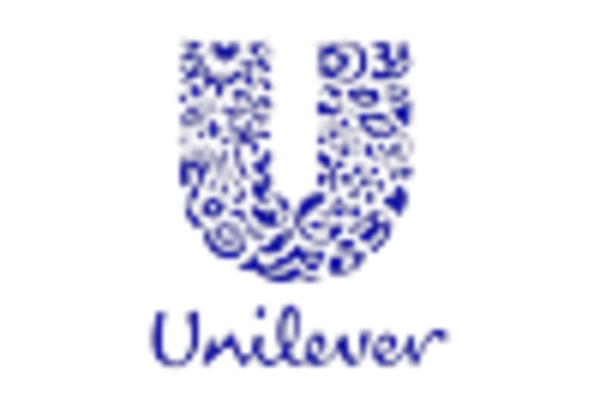








Leave a Comment